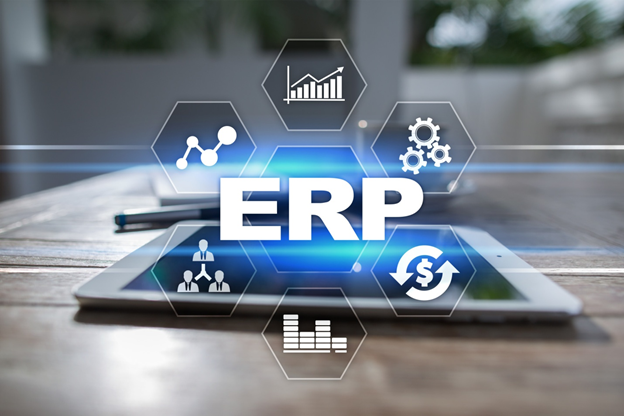Of the over 32 million small businesses in the US, almost all of them depend in some way on technology. For some businesses, it’s just a bit of bookkeeping or inventory control software. E-commerce businesses can only exist courtesy of technology.
At a certain point, though, some businesses grow beyond the limits of their old software solutions. The businesses have too much data and too many processes for standalone solutions to meet all of their needs. Then when an enterprise resource planning application makes sense.
If you’ve never bought or used ERP software before, the ERP implementation process may only exist as a theory. If you’re considering an ERP system but worry about implementation, keep reading for a breakdown of the ERP implementation phases.
Planning
The first of the ERP implementation stages is the planning stage. This stage includes project team formation, software research, and setting requirements for the final system.
As part of their research, the team should look for software packages with flexible deployment options. One business might want an on-site deployment, while another business might prefer a SaaS model. The best ERP systems can accommodate multiple deployment approaches.
Design
Design is next up in the ERP stages. During design, the team must assess workflows and stack them up against the software’s capabilities. They also look for ways that software can streamline existing workflows.
End-user input is a crucial element in design because that input can encourage buy-in and adoption.
Development/Configuration
After the design phase, you move into the development and configuration phase. This phase mostly consists of adjusting the settings of the software and module selection. Although, in some cases, it might also mean writing custom code to make part of the software work for your needs.
Testing
Before organization-wide deployment, you want some rigorous testing on the system. The project team can handle some of the testing. Actual end-users should also test the system.
Testing works best with actual business data if you can import it without soaking up too much in terms of storage resources.
Deployment
After you wrap up the testing phase, it’s time for large-scale deployment. Make sure you consult with your IT people to keep the process smooth. Also, make sure someone does the hard work of assigning user roles and double-checking security settings.
Maintenance
Like most software systems, your ERP system will need maintenance. This typically means ongoing bug fixes, updates, and revamped configurations based on user feedback.
ERP Implementation and Your Business
An ERP implementation can ultimately make your business a more efficient and streamlined machine. Just don’t expect the process to wrap up too quickly.
The whole implementation life cycle can a year or two depending on organization size. It’s particularly important that no one rushes the design and testing phases. Those phases, in particular, will define how well the system works for your business.
If you take the time with them, you can maximize the benefits of an ERP system.
Looking for more business technology tips and information? Check out the posts over in our Tech and Business sections.








